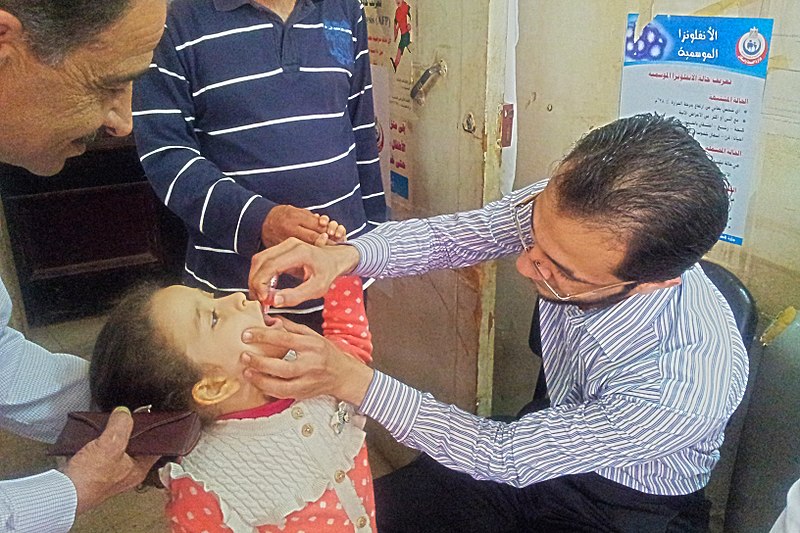When A. Ahmed’s school doctor told his mother that he was overweight, she felt there was a problem but did not know what to do about it.
Ahmed’s Body Mass Index is above the 95% percentile making him obese. Ahmed, 7, is of the over 20% preschool children with obesity in Urban Egypt according to a study conducted by Mahmoud Shaltout, PhD Public Health student in the University of Salford’s Centre for Social Justice Research.
J. Sherif, Ahmed’s mother, who wanted to remain anonymous, said she has been dealing with the situation incorrectly. “All I do is yell at him and I don’t know how to organize his food schedule,” she says.
According to Eman Ahmed Sultan, endocrinologist and nutritional specialist at the National Nutrition Institute (NNI), lifestyles must change in order to be able to curb obesity in children.
Sultan says, “Even though there are genetic factors which affect childhood obesity, this can change if children are guided to a better diet and more activity.”
Types of leisure activities, types of food and eating times all affect children and have changed in recent years. Sultan says children used to play outside more, and their activities included sports and running. Now children are mostly found in front of the television, playing video games and on the internet. “Even when they go out they are usually in the local Internet café,” she says. This can be seen in cities as well as rural areas.
Sherif says when her son is at home he barely moves. “He used to play sports but stopped before Ramadan.” She says she is worried about starting him again because she doesn’t want him to get teased because of his weight.
Childhood obesity can lead to chronic diseases such as diabetes, as well as heart conditions. Its affect can also be psychological, however.
Sherif says her son often comes home with complaints of being teased by peers at school. “They call him watermelon sometimes,” she says. “It bothers him enough for him to come home and tell me about it.”
Sherif believes that her son’s love of food is an emotional defense mechanism as well as being caused by lifestyle factors. With recent family problems he is constantly thinking of food. She says when he visits his grandparents and other family members they continue giving him all types of unhealthy food as a compensation. “They think giving him the junk food he likes is telling him they love him,” she says.
Sultan says dealing with childhood obesity must be different from dealing with adult obesity. “Children need certain nutrients as they grow, so they cannot be completely removed from the diet,” she says. At the NNI, they aim to create behavioral modification. They first sit with the child and parent and document the child’s eating habits. Based on that they rearrange the schedule and add foods the child needs.
Sultan says it is important for children to eat vegetables and fruit abundantly throughout the day. In the past, children had vegetables and rice and a type of meat for lunch. Now private schools sell junk food in their canteens, giving children the opportunity to eat chips and drink Pepsi every day.
She says physical education in schools must be given proper attention and children need to be given the opportunity to exercise daily. In order to try to decrease the number of obese children, which is growing every year, the government must create a user friendly environment for physical activity, such as bike lanes, neatly paved roads and sidewalks that are not too high. Schools should be more responsible in their selection of canteen foods.
According to the research by Shaltout, “The WHO estimates that 75% of the 43 million overweight/obese children aged under five worldwide are found in middle and low income countries. Egypt, a lower middle income country, has exhibited an increase in obesity prevalence. Despite its poverty it was in 2010 the fattest nation in Africa and among the top three fattest Middle Eastern countries in terms of adult overweight/obesity.”




